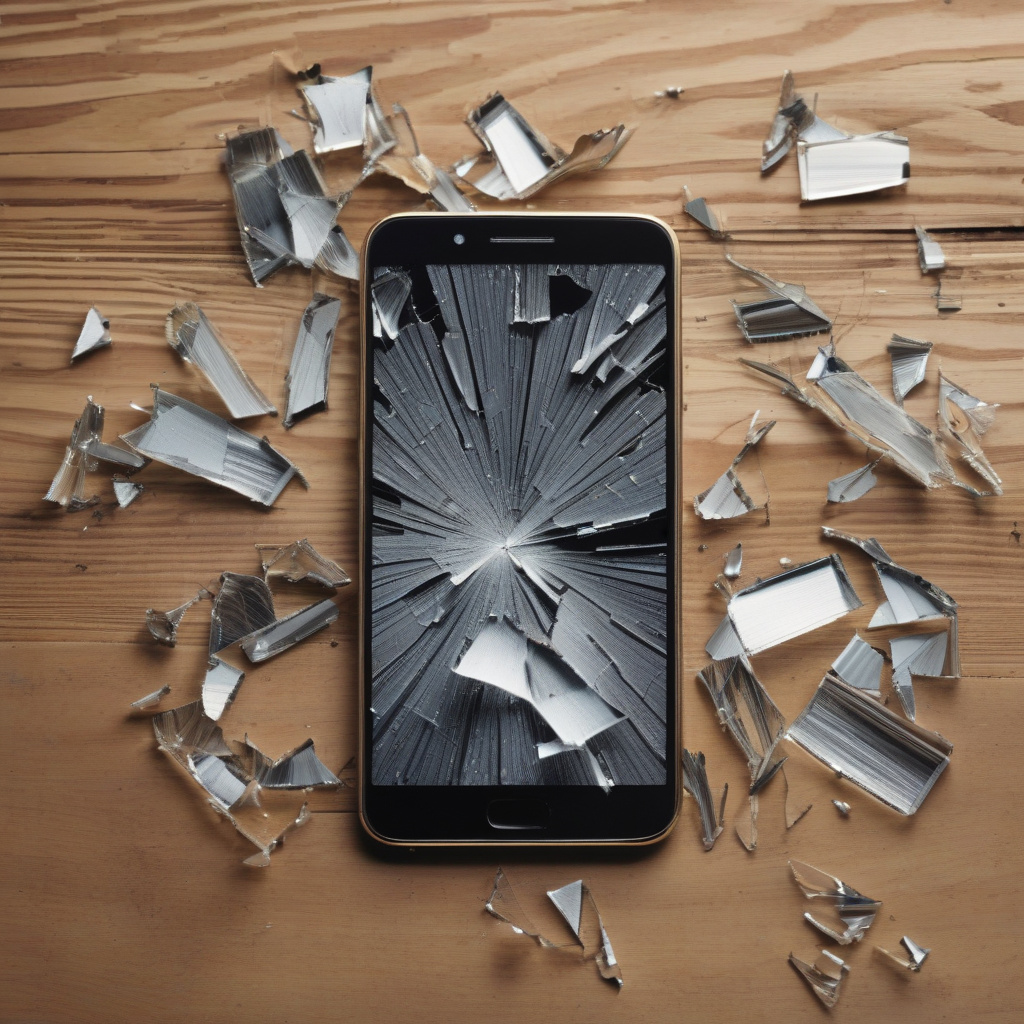In the digital age, our smartphones are repositories of our lives, containing crucial data that we can’t afford to lose. But what happens when the inevitable occurs, and your phone’s screen shatters, rendering it unusable? Fear not, for there are ways to recover your precious data even from a broken screen.
The initial step is to connect your malfunctioning device to a PC or Mac using a charging cable. This connection may grant you access to your data, allowing you to synchronize it with your computer. If luck is on your side and you haven’t backed up to iCloud or Google Drive, this method could salvage your essential information.
However, if direct access fails, it’s time to seek professional help at a repair center. Ensure they understand the importance of preserving your data during any repair attempts. Additionally, consider checking if your smartphone is covered by insurance, which could offset repair costs.
To prevent such data loss crises in the future, establish regular backups using cloud services or by transferring data to your computer. Services like iCloud and Google One offer seamless synchronization options for contacts, calendars, photos, and videos, ensuring your data is always secure.
In scenarios where your screen is locked, and USB debugging isn’t enabled, innovative solutions come into play. With tools like Samsung Smart Switch, Wondershare Recoverit, or FoneLab, you can potentially bypass the lock screen and recover your data by connecting peripherals like a mouse or keyboard through an OTG adapter.
For iPhone users, setting up iCloud backups can be a lifesaver. Services like iMazing, Phone Rescue, and Fondedog offer reliable data recovery solutions even without iTunes. These tools guide you through the recovery process, making it accessible to users of all technical levels.
In conclusion, the key to data recovery from a broken phone screen lies in preparedness. Regular backups, utilizing cloud services, and exploring recovery tools can safeguard your data even in the face of hardware mishaps. Remember, the digital world may be fragile, but with the right strategies, your data can remain resilient.

